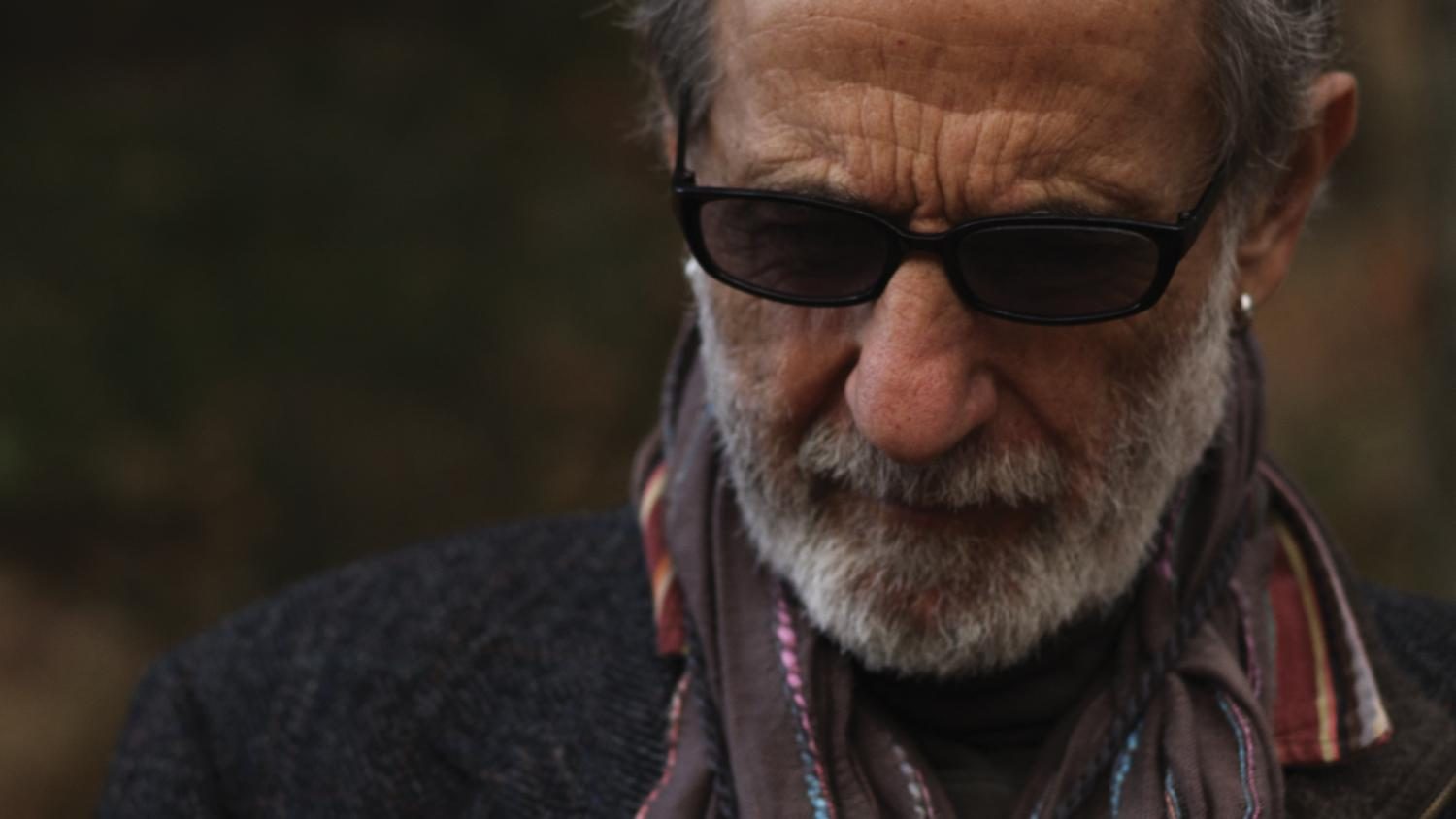Tribeca 2017: Documentary ‘Frank Serpico’ Lauds an Honest Cop
Retired New York City Police detective Frank Serpico at his cabin in the woods in Antonino D’Ambrosio’s film “Frank Serpcio”.
April 26, 2017
The New York of the ’60s and ’70s was a drastically different place than the New York of today — it was crime-ridden, overrun with drugs and prostitution and seething with corruption. The police force, which was supposed to protect and serve the city, was largely driven by corruption and everyone on the streets knew it. Officers bought and sold drugs and accepted bribes, eradicating any morals they had left in the process. That’s where Frank Serpico came in. In a new documentary, Antonino D’Ambrosio paints him as one of the few officers trying to do good in a world defined by vice and criminality.
The documentary characterizes these decades as a time of revolution, defiance and freedom when people refused to follow the mainstream. Frank Serpico was one of these counter-culture figures. He lived in Greenwich Village, wore sandals and donned a scruffy beard, standing out amongst his fellow police officers. What ultimately ostracized him from the force, however, was his exposure of the crooked hierarchy. “Frank Serpico” aims to show who the legendary cop really is through his own words rather than through the lens of others.
Serpico first rose to fame when he testified against the corrupt police force during the publicized Knapp Commission in 1971 — and became even more popular when Sidney Lumet’s “Serpico” starring Al Pacino was released in 1973. As influential and seminal as the film was, Serpico was critical of it, because he did not believe it was an accurate portrayal. D’Ambrosio’s motive for making this documentary some 40-odd years later was clear.
“I can tell you that it is a real story behind someone who is a myth and it kind of reduces this hero story to a — kind of pull the curtain behind what he really went through: trauma, the terror that he experienced, how alone and isolated he was,” D’Ambrosio said.
The documentary is composed of old newsreels, archival footage, clips from the 1973 film and interviews with Serpico and former NYPD officers who worked alongside him. He traces back his memories and recalls how he discovered that cops weren’t as honorable as he thought, beginning with childhood memories in his father’s shoe shine store.
That Serpico’s legacy continues to live on is a testament to his character. Actor John Turturro, a longtime admirer of Serpico who grew up in New York in the during the ’60s and ’70s calls him an inspiration in the film.
“He was someone who went against the grain, someone who went through a lot to stand up for what he believed in,” Turturro said.
The most poignant part of the film comes when Serpico revisits the place where he was shot in the face during an attempted drug bust, nearly killing him and leaving him deaf in the left ear. The two cops meant to back him up fled the scene and not a single officer called an ambulance, leaving him to bleed out. Serpico had made many enemies in his attempt to clean up the corruption, but his aim was never to get the little guys.
“I didn’t want to get the cops I was working with, but the higher-ups, where the problem lied and the problem still lies there,” Serpico said.
Serpico’s story is an admirable one, and one that sends the message that doing what you think is right takes courage, risk and profound honesty — but when it comes to summing up the film, D’Ambrosio said it best.
“For me what the story is, and what we did with the film is that we’re in a deficit of stories like this, stories about people who inspire us by standing up and saying ‘no.’”
Email Daniella Nichinson at [email protected].




























































































































































